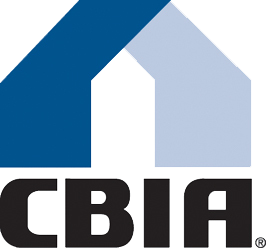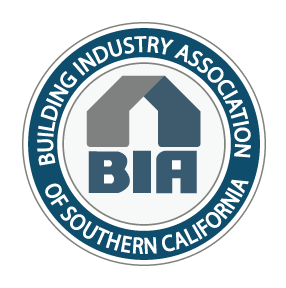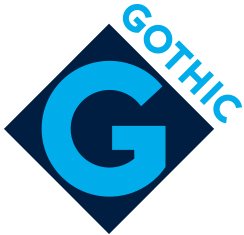ByAli Sahabi of Optimum Group, LLC
President, Building Industry Association (BIA) Baldy View Chapter
“Granny flat” is a real estate term used to describe a small apartment over a garage and is one of those terms that was once so commonplace it seldom required explanation. Today, it is a quaint relic of a time when seniors needed to be housed near family in order to be cared for properly. Today, seniors who own their own homes are more likely to be transforming spare rooms into home gyms, yoga studios or home theaters than needing to be watched over by younger family members nearby.
So for this new generation of healthier, more active seniors and empty-nesters who choose to stay in their homes and pursue more active lifestyles, leading to the new term: aging-in-place.
Aging-in-place home modifications are becoming the most popular remodeling projects for a new generation of healthier, more active seniors. According to a recent survey by the National Association of Home Builders (NAHB), 80 percent of remodeling companies are doing aging-in-place projects, up from 68 percent in 2013. Customers familiar with the aging-in-place concept increased from 11 percent in 2013 to 17 percent in 2016. According to the survey, the aging-in-place remodeling projects that saw the largest increases since 2013 were additional lighting also known as “task lighting,” curb-less showers, bathtub grab bars, non-slip floors and widened doorways.
Other popular home improvements for homeowners looking to age in place revolve around reducing maintenance and increasing the ease with which homeowners may move around and to and from the home. These improvements include attractive ramps or “zero step” entrances, package shelves near front doors, handrails at existing steps and porch or front door sidelights. Popular improvements in the kitchen include elevating dishwashers to protect against back strain, rolling islands that can be placed under counters when not in use, revolving corner shelves, pull-out shelves and cutting boards, larger cabinet and drawer pulls and sinks that adjust to different heights.
More importantly, the demand for these modifications has resulted in more trained remodeling professionals which translates to lower costs to homeowners. Today, remodeling professionals are specializing in making existing homes safer, more convenient and more comfortable with the unique new NAHB Certified Aging-in-Place Specialist (CAPS). CAPS-certified remodelers are specially trained to customize existing homes by anticipating and meeting the homeowner’s current and future needs andCAPS design principles focus on aesthetically enriching barrier-free environments and other changes that can actually increase the value of an existing home.
The CAPS designation was created by NAHB in collaboration with American Association of Retired Persons (AARP) to allow homeowners who are looking at modifying their existing home as they approach their “golden years” as a reliable way to identify professionals to modify their home or build a new one that is designed for a lifetime. CAPS graduates receive training about both the technical and construction aspects of building for aging homeowners while taking formal business training to maintain their credential through continuing education.
Many active seniors find it is far more cost-efficient to make home improvements to accommodate the effects of aging rather than seek out a facility that meets all of their unique needs. According to a report by NAHB, moving to a typical assisted living facility can cost upwards of $60,000 per year each year, plus the cost of the move. Yet the cost to widen a bathroom door, put in safety bars and a roll-in shower would typically cost about $6,000 to $8,000 – which is a one-time expense instead of a yearly drain on a homeowner’s finances.
The affordability of aging-in-place remodeling is enhanced by the fact that medically necessary changes such as wider doorways or a roll-in shower may be deductible on your taxes if backed up by a letter from your doctor.
These are just some of the improvements that can make golden years more golden. In fact, nearly every room of the home can be modified to meet the needs of aging. So, if you’re looking for a remodeler to improve a home for an aging in place homeowner, make sure you choose one with a CAPS designation. Ask them to show you all of the ways a remodeling job can make your home an easier place to thrive in your golden years.
One of the biggest reasons we celebrate National Home Remodeling Month in May is because home remodeling is more popular and important now than ever. For more information on remodeling, homebuying and homeownership visit www.biabuild.com or www.nahb.com/remodel on the web.

































